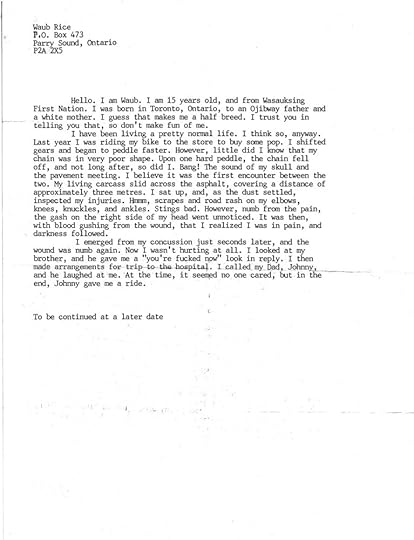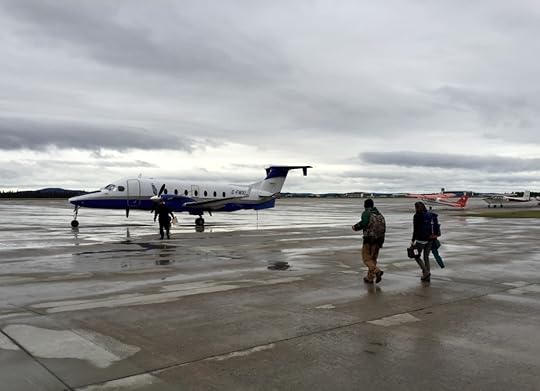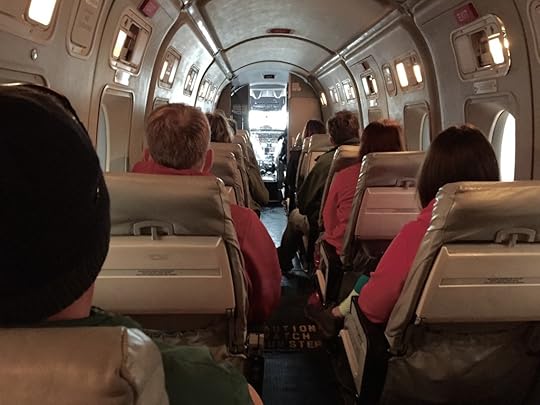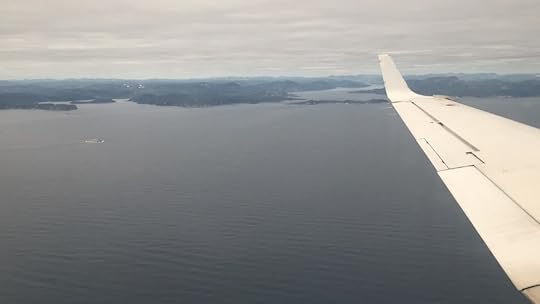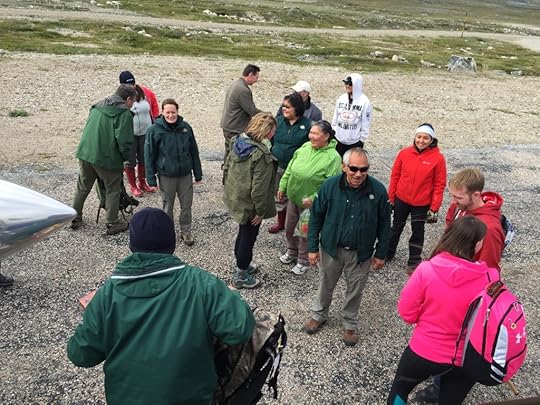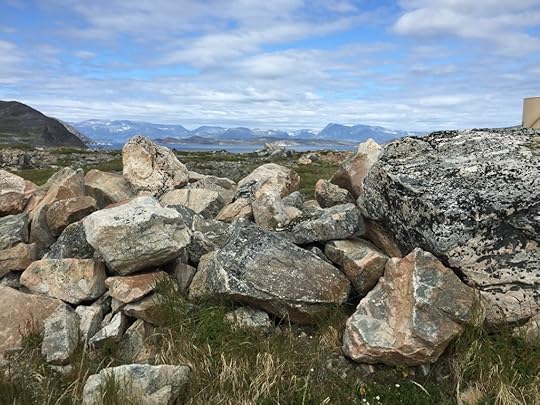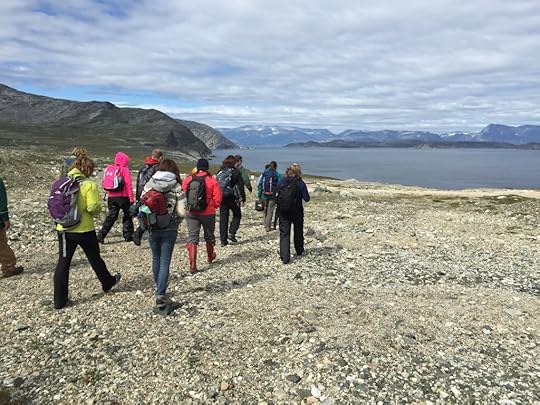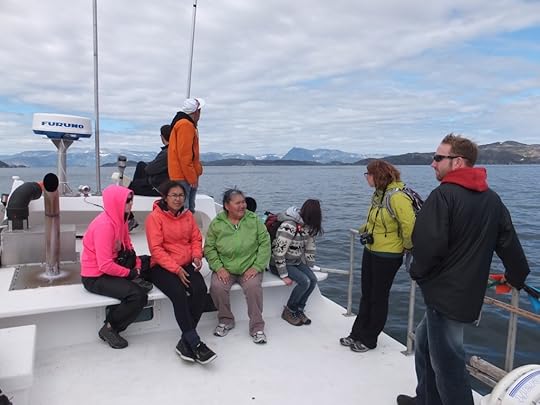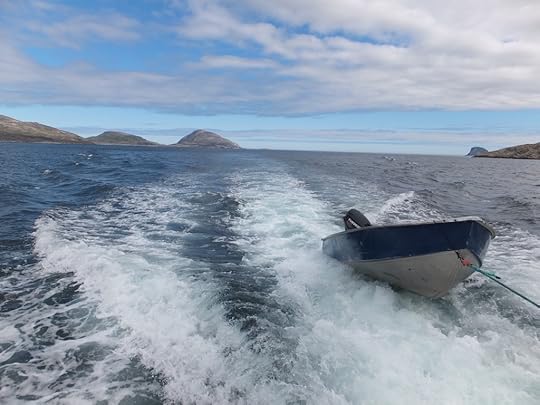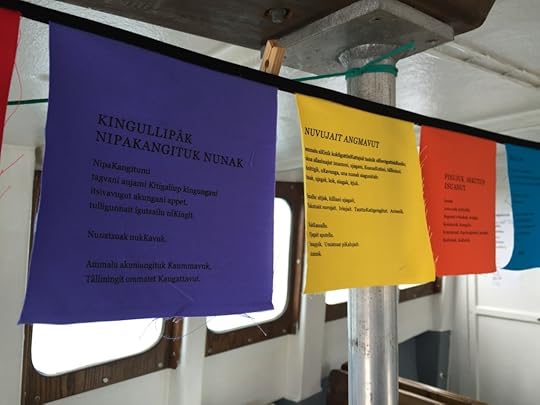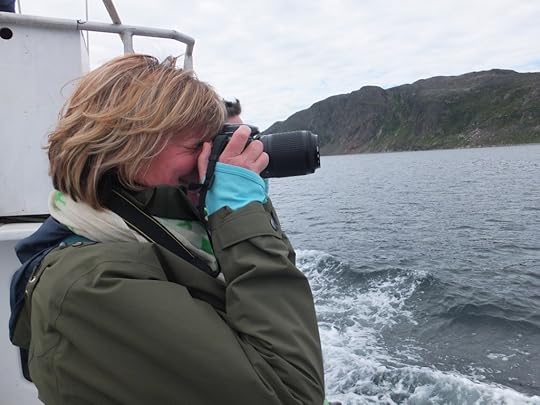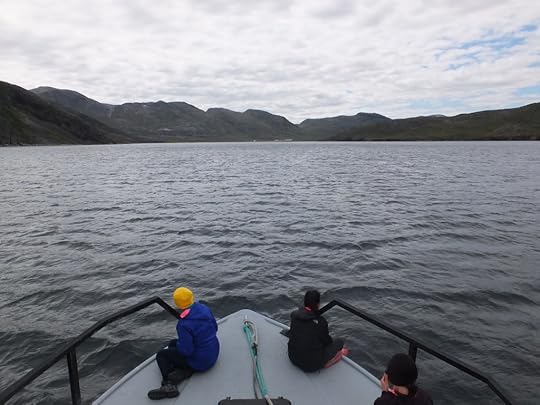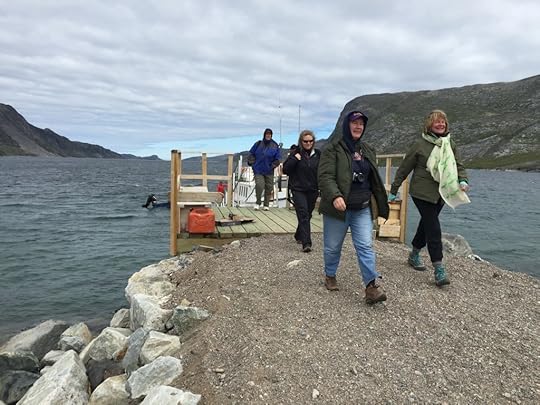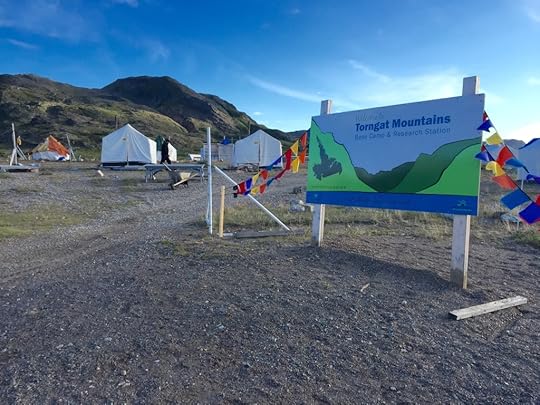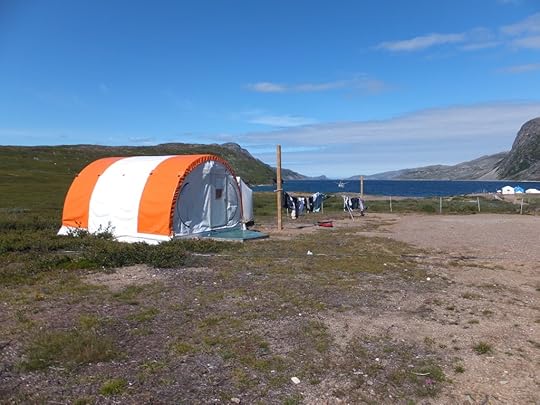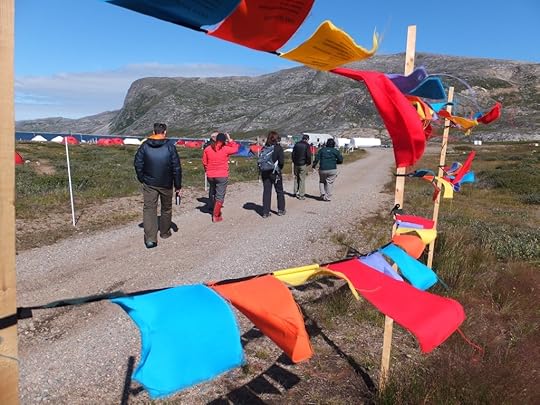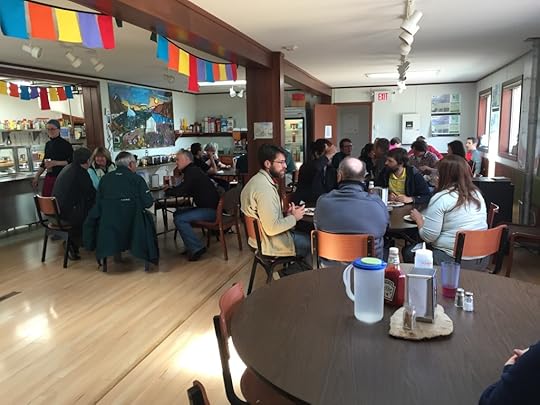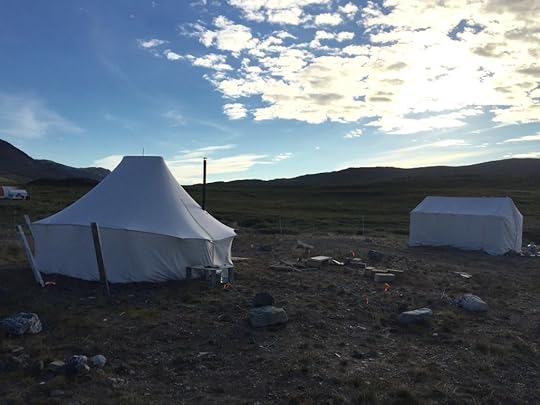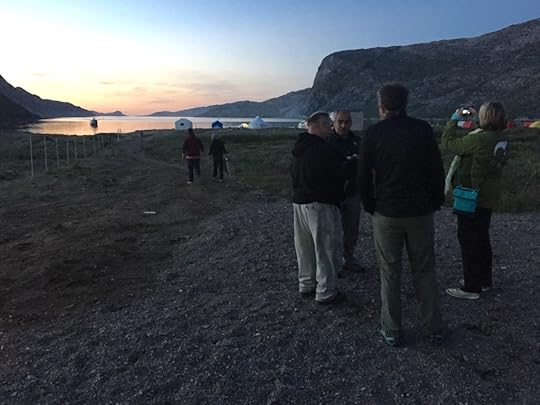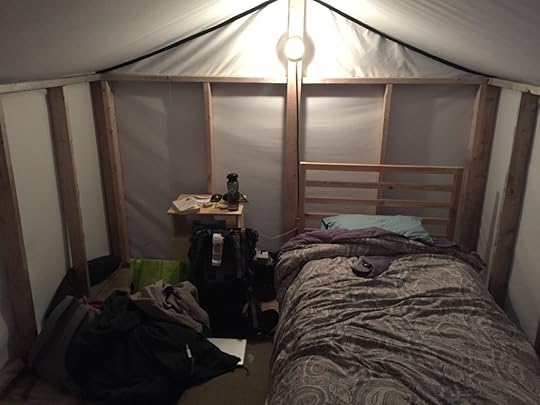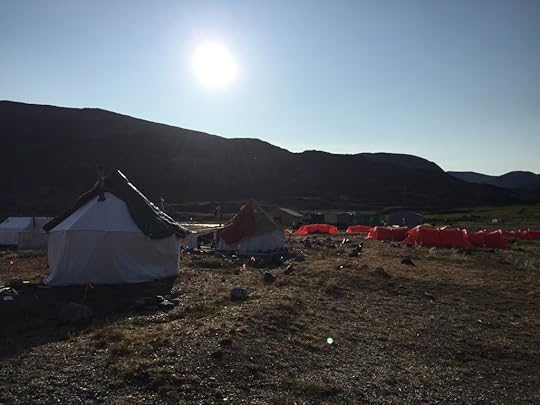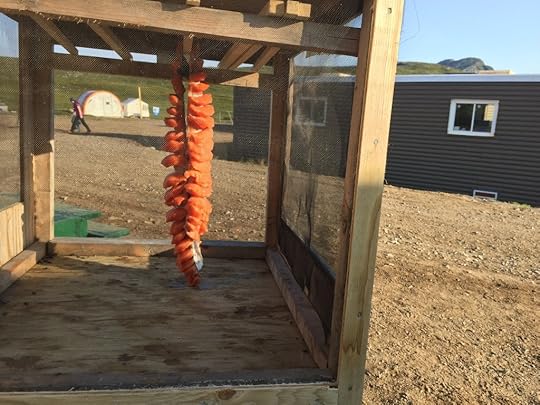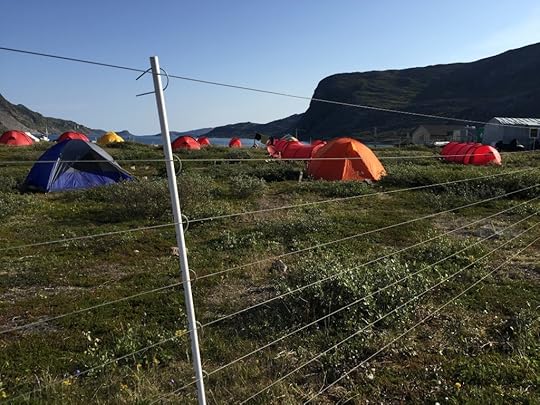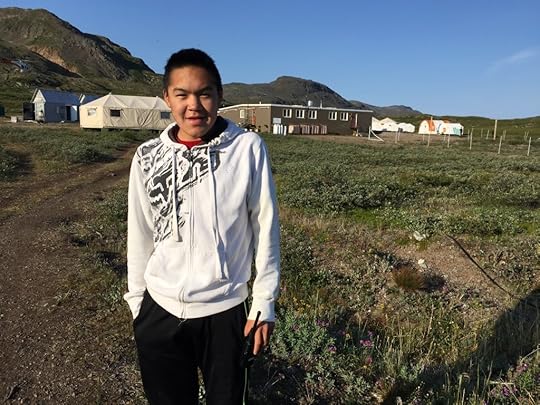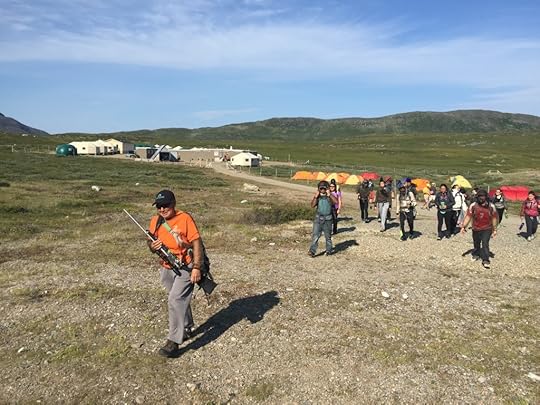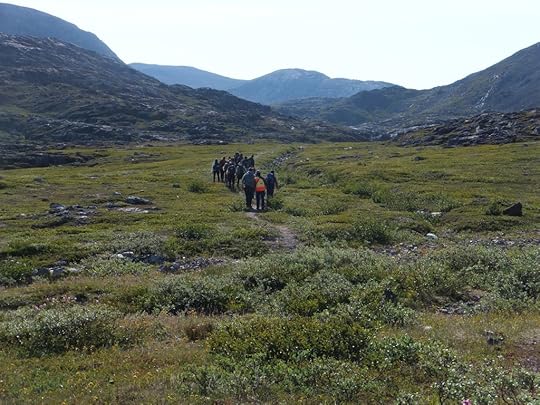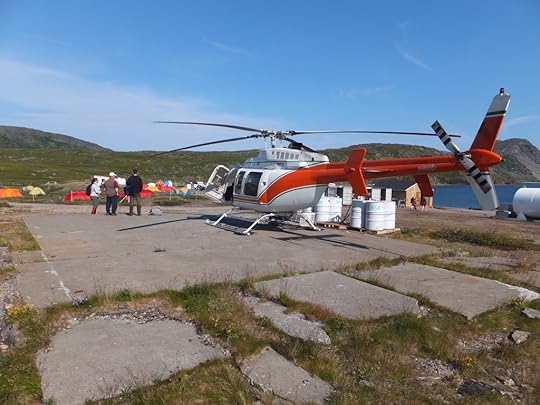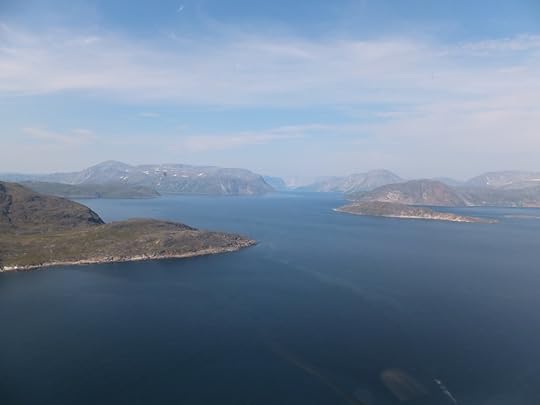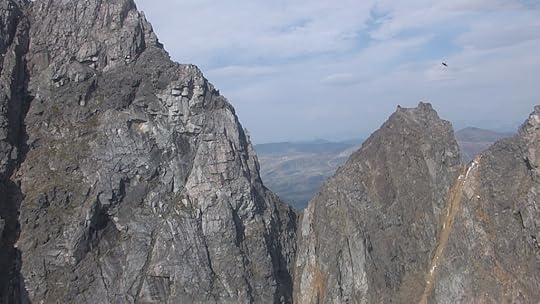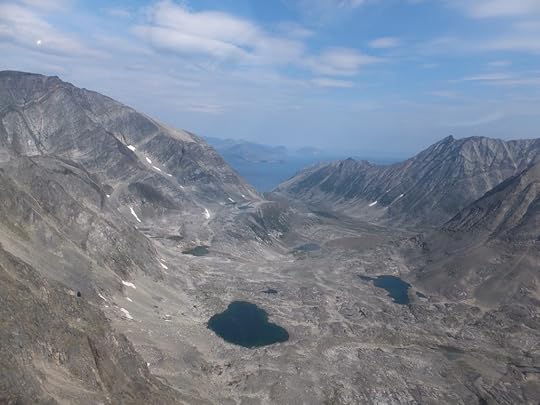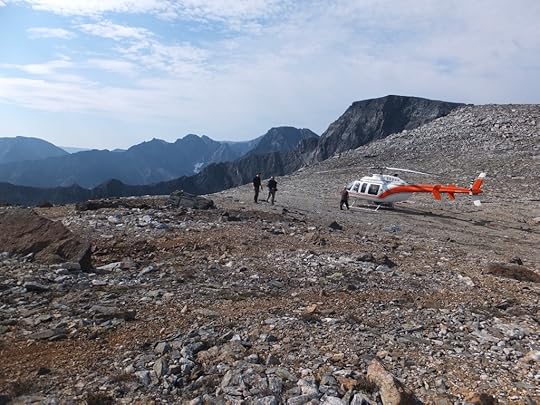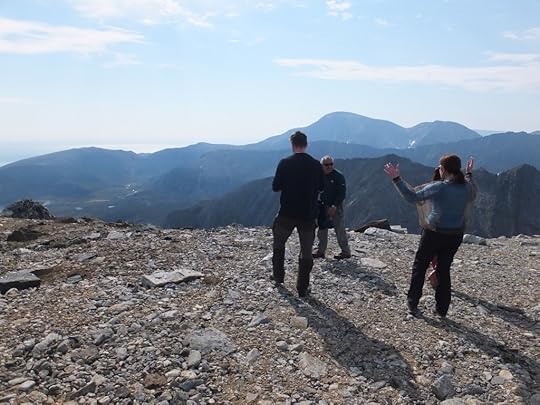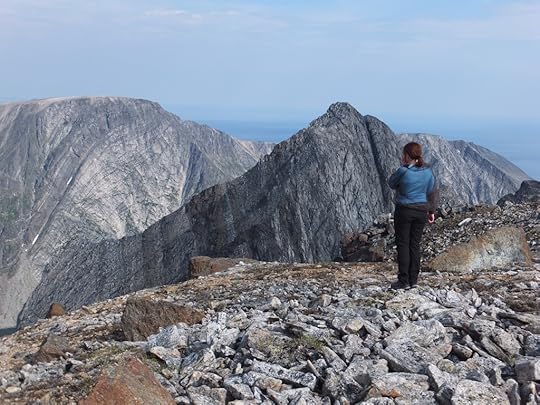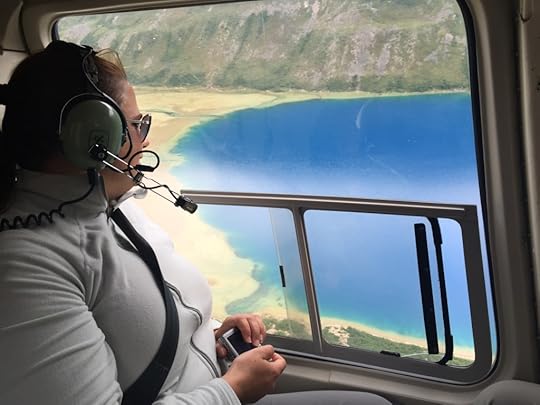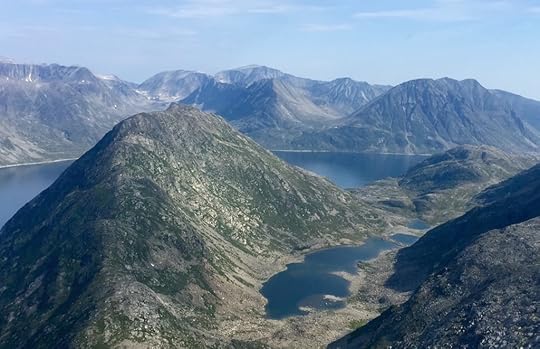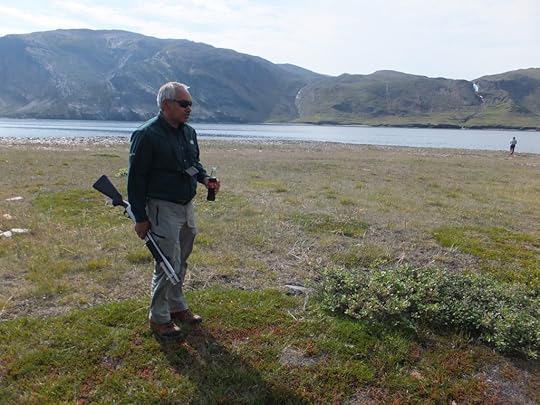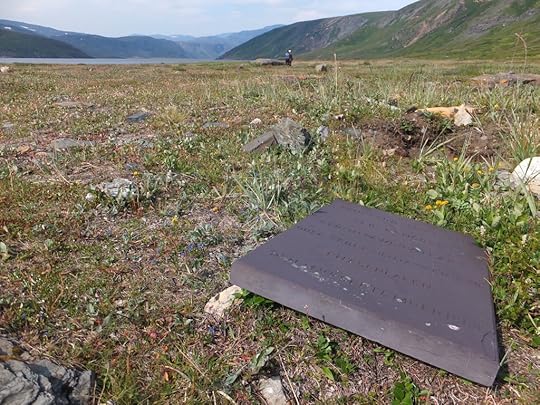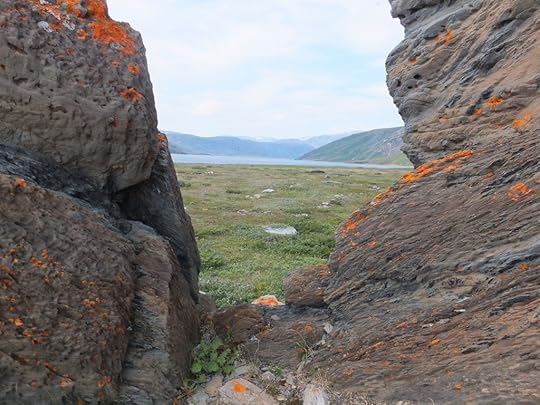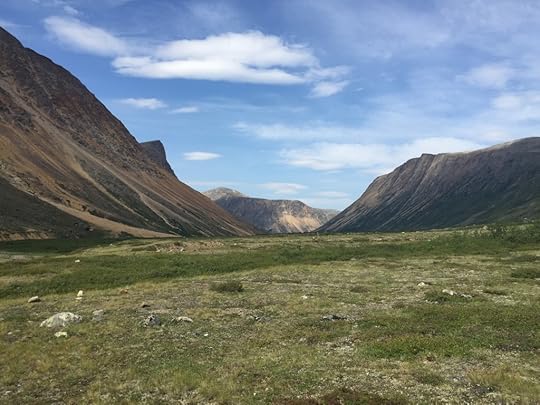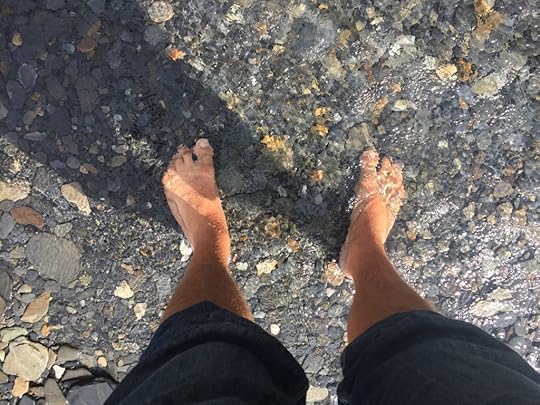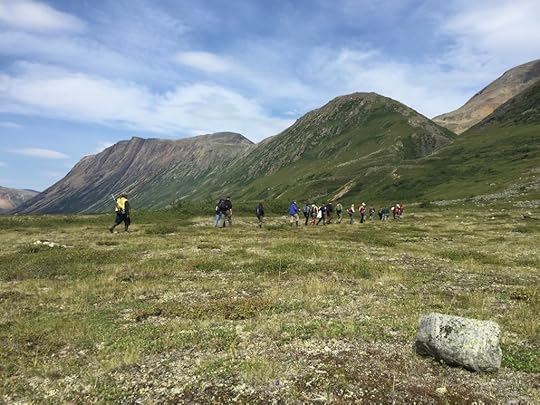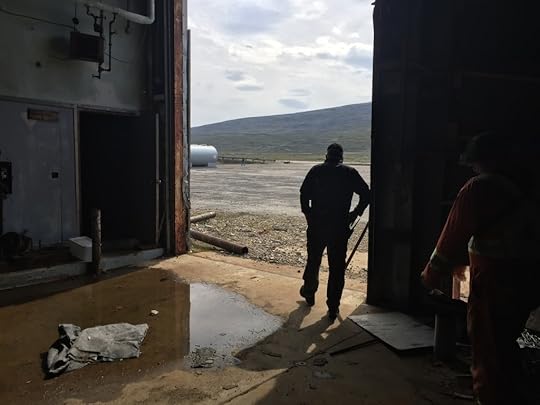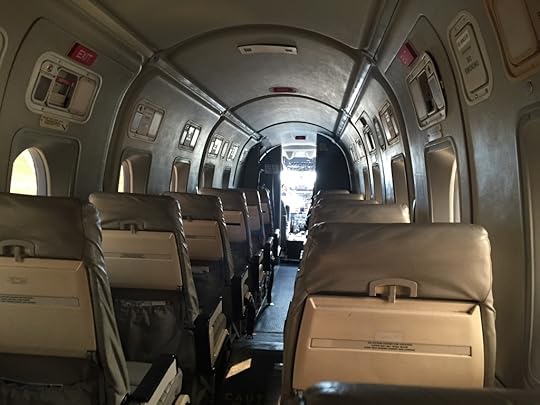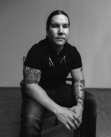Waubgeshig Rice's Blog, page 3
December 25, 2015
Top Ten Albums of 2015
As I do every year, I’m posting my favourite albums from the past 12 months. What music did you enjoy in 2015?
Kendrick Lamar – To Pimp a Butterfly
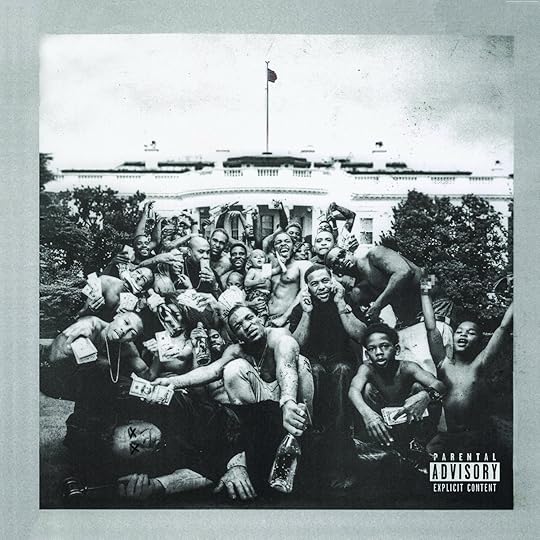
Epic in almost every sense of the word, this compelling tour de force from one of the most important musicians of our time will be a critical cultural and artistic reference point for generations to come. Through his rap, soul, funk, and above all, the spirit of his words, Kendrick Lamar has made me believe once again in the revolutionary power of music.
Sleater-Kinney – No Cities to Love
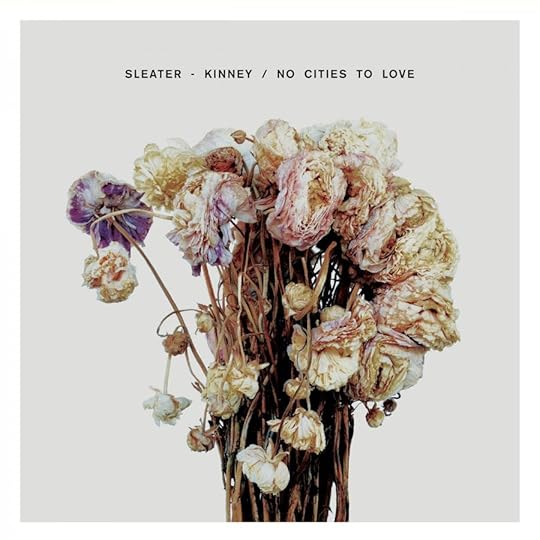
Musical reunions are a dime a dozen these days, and so rarely does actual new music accompany those nostalgic tours. After a hiatus of nearly a decade, this powerful rock trio returned in 2015 and surprised everyone with a record that I believe is their best ever.
High on Fire – Luminiferous
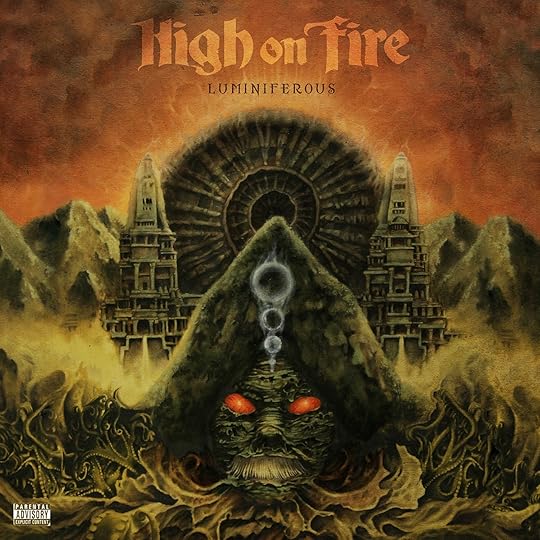
Every High on Fire album is deadly. Some are deadlier than others. This is their deadliest since Blessed Black Wings, in my opinion. If you like speed, heavy bass, and blazin’ solos in your heavy metal, this album is for you.
METZ – II
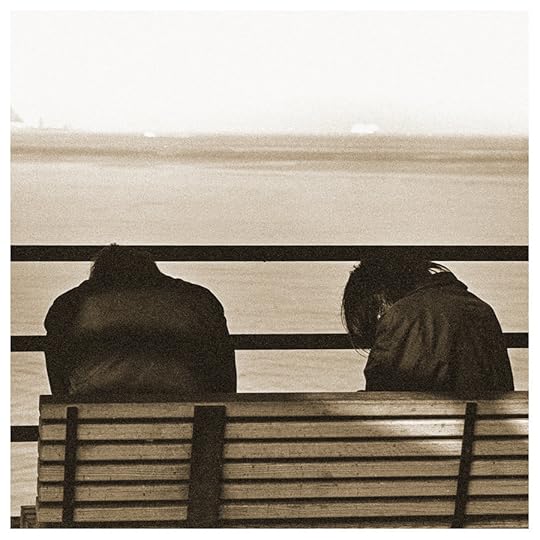
The second album from this Toronto/Ottawa three-piece is fierce, dirty, and loud, just like the first. They wear their punk/hardcore influences proudly on their sleeves to create a fervent sound. There’s nothing wrong with sticking to the formula, if it works and it slays.
KEN mode – Success
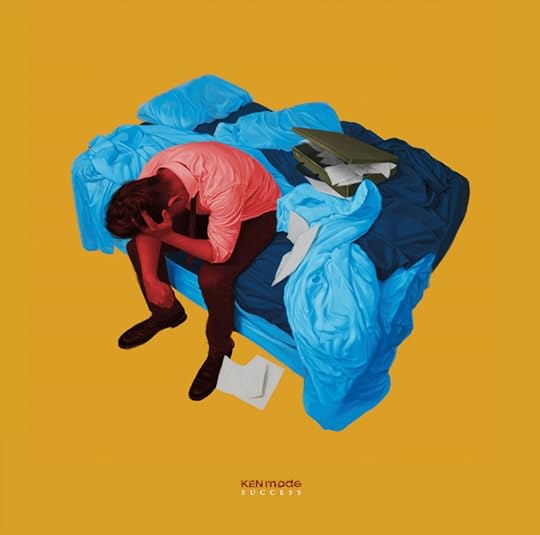
When the guy who produced In Utero gets behind the boards for the new album from one of the most unique metal bands in the world, that’s a surefire recipe for success! I’ll see myself out.
Faith No More – Sol Invictus
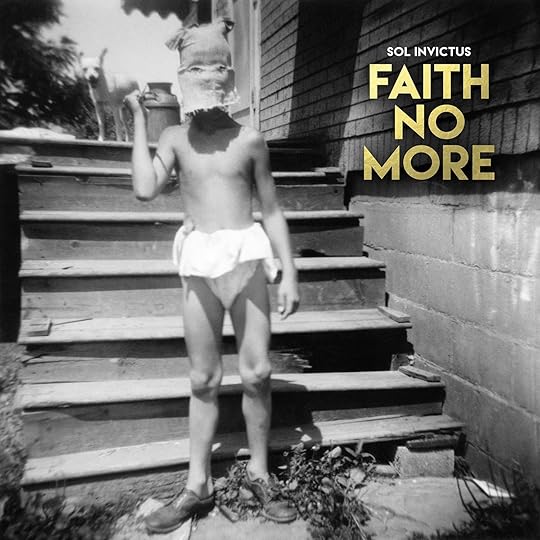
When I heard one of my favourite bands from my youth was putting out an album of new material after years of reunion tours, I set pretty low expectations. I was pleasantly surprised to hear interesting, original songs that take steps in a few different directions, while staying true to the band’s roots in rock and weirdness.
Torche – Restarter
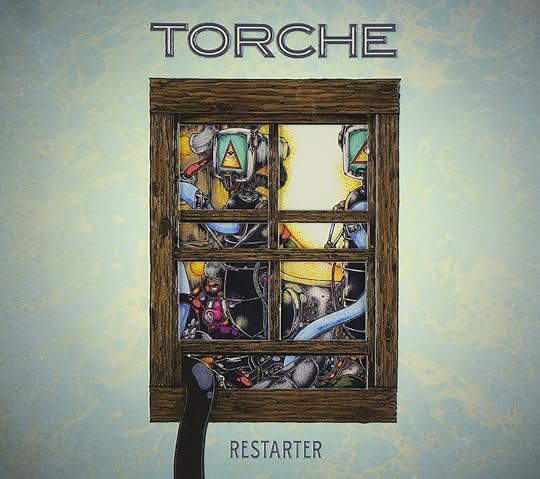
Torche is the band for metal fans who like loud, crushing guitars paired with catchy, melodic vocals. The riffs are huge on this one, as usual, but there’s a harder edge to the tunes that’s a slight departure from the soaring harmonies that highlight their previous albums. As such, an already heavy band sounds even heavier.
Buffy Sainte-Marie – Power in the Blood
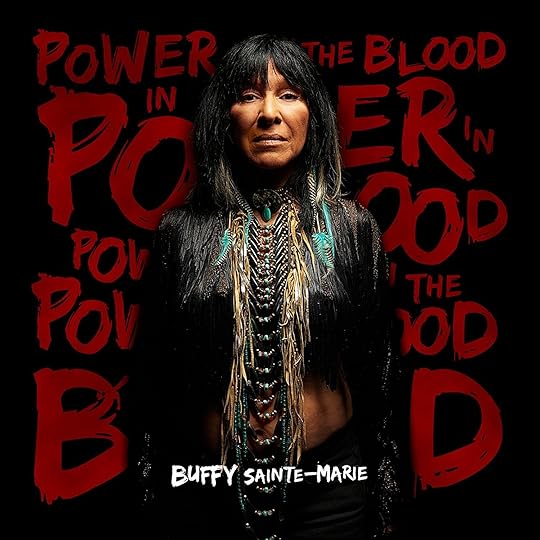
Speaking of revolution, she’s been leading it for five decades. Our hero came through this year and delivered a masterpiece that’s incredibly timely and vital. It transcends genre and culture, and managed to unify a collective of notorious critics who granted it the Polaris.
Slayer – Repentless
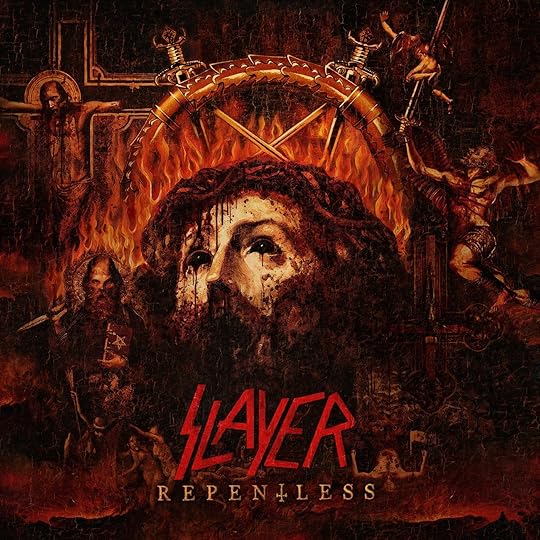
I choose to believe that Jeff Hanneman had more to do with this than he gets credit for. RIP.
BADBADNOTGOOD & Ghostface Killah – Sour Soul
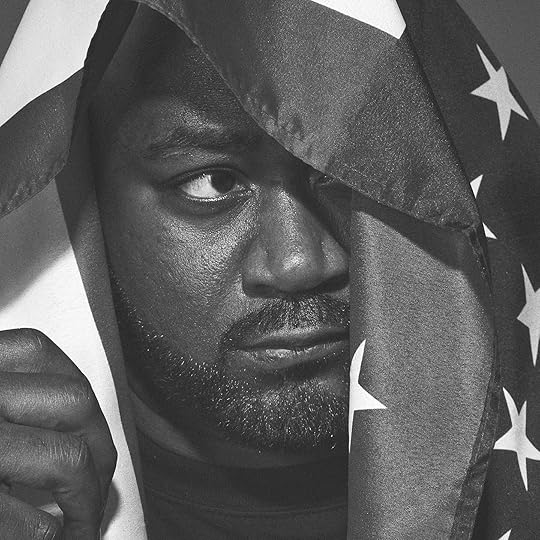
The foundation of music here is pretty good, but it’s really Ghostface and his guests that make this record exceptional. He could rap over the ambient sound of a construction site and yield something enjoyable.
Honourable Mentions:
Cris Derksen – Orchestral Powwow
The Dead Weather – Dodge and Burn
Baroness – Purple
Eagles of Death Metal – Zipper Down
My Morning Jacket – The Waterfall
November 25, 2015
Still spinning yarns, two decades on
I’m currently on a brief leave from my job at CBC to work on my next fiction project, thanks to a grant from the Ontario Arts Council. I’m thankful to both great organizations for allowing me to take the time to pursue this opportunity. To mark this next step in my literary career, my mom recently dug up something I wrote as a teenager and scanned it for me. Feel free to read, while I cringe:
September 6, 2015
Mountain Songs
I grew up on the shores of Georgian Bay (Manidoo Gaming), so my heart will always be by the water. But I’ve had the fortune of being among many powerful mountains in my life, and their epic beauty always strikes a fierce buzz within me. Most recently, I was among the Torngat Mountains in northern Labrador, and this month, I’ll be in the Rockies in Banff. When I’m in such a grand landscape, I can’t help but think of a certain soundtrack. There are some great songs that just echo in my head when I see mountains. Here are some of my favourite songs about mountains, and some that remind me of them.
Jane’s Addiction – “Mountain Song”
Kyuss – “Odyssey”
Pink Floyd – “One of these Days”
Mastodon – “Sleeping Giant”
Björk – “Joga”
Black Sabbath – “N.I.B.”
Sigur Rós – Untitled (Vaka)
Loretta Lynn – “High on a Mountain Top”
Meshuggah – “I”
Grateful Dead – “Fire on the Mountain”
August 29, 2015
26 Hours in the Torngat Mountains
In early August, I had the fortunate opportunity to visit Torngat Mountains National Park in northern Labrador. I was invited by my friend, the great Shelagh Rogers, to spend time with youth campers there. The original plan was to be up there for a week, but persistent bad weather hampered our flight plans for days. I was only able to be there for a little more than a day. Still, it was a powerfully memorable trip for many reasons, and I promise to elaborate on that soon. CBC asked me to document my time there, and I’ll be producing some web and radio stories on the trip later this fall. In the meantime, here’s a story in pictures. Stay tuned for more!
June 12, 2015
Sharing Truth, Understanding Reconciliation: Covering the TRC as an Indigenous Journalist

Justice Murray Sinclair reads the Truth and Reconciliation Commission’s recommendations in Ottawa on June 2
Seven years ago, I was in a packed ballroom at the Radisson Hotel in downtown Winnipeg, waiting to hear a short, straightforward apology from the Prime Minister of Canada. I stood at the back of the room with my CBC colleague and the big Beta SX camera he had set up on a tripod. All around us were hundreds of residential school survivors, their families, community leaders, and other supporters. They all had their fervent eyes transfixed on the big screen in front of them.
The Assembly of Manitoba Chiefs arranged this public viewing of Prime Minister Stephen Harper’s apology for the tragedy of the residential school system on behalf of the federal government of Canada. So many people showed up, organizers had to rent additional overflow rooms and hastily set up more screens. There were at least a thousand people there to hear the government say sorry for what they endured.
There was a thick fog of tension in the room in the hour leading up to the live broadcast from the House of Commons in Ottawa. We asked survivors if they wanted to be interviewed ahead of time to talk about what they wanted to hear. Everyone declined. Instead, they sat silently and strongly, waiting for those few words.
The apology itself came and went in what seemed like a fleeting moment. But almost immediately, that thick, invisible synthesis of heavy emotions seemed to dissipate. Soon, survivors were literally lining up to talk to us on camera about what they had just experienced, and to begin opening up about the pain they had carried with them throughout their lives. Ultimately, so set the groundwork for the Truth and Reconciliation Commission of Canada.
I covered the apology in Winnipeg for CBC TV News. I also wrote about it a few days later for the Globe and Mail. It was a very profound experience; I knew then that I had the honour and privilege of documenting an important moment in the history of this land. Little did I realize then that the TRC would become a regular part of my career, and in essence, my life as an Indigenous person in Canada.
Despite some initial challenges, the TRC began travelling Canada to document the stories of survivors a year after the apology. As its crucial work commenced, I reported on these early efforts for CBC while still in Winnipeg. The commissioners set the framework for what was about to unfold in the coming years, and it was personally very interesting and a little exciting to cover the beginning.
I don’t have a direct family connection to residential schools. None of my immediate relatives, and few people from my home community of Wasauksing (relative to other communities), were forced to attend the government-mandated, church-run institutions. Still, some in my extended family had to go. I was well aware of the shameful saga while growing up in the 1980s. We all were. I suppose when children had been stolen away from other nearby Ontario communities for generations, it was a potentially devastating threat that all Anishinaabe people knew about, even if they didn’t live it first-hand.
The residential school experience affects most Indigenous people of this land in some way, whether they’re related to survivors or not. It brutally stripped culture from communities, and the harrowing shame that attached itself to Indigenous identity became resolutely contagious. For example, outside of basic words and sentences, I don’t speak my native language of Anishinaabemowin because even my predecessors who didn’t go to residential school were led to believe it was useless.
Covering some of the initial TRC public events, I heard first-hand just how brutal the abuse was that created the awful shame that lingered for generations. It was impossible not to become sorrowful. The people who bravely got up in front of strangers to share their gruelling testimony could have easily been my aunts and uncles. I admired them all. In most cases, as they started to talk, they were cautious, yet candid; reserved, yet resilient. Over the course of sharing their stories, they bared their souls to encourage others to join them on a path to healing. At each of these events, the initial tension that weighed down each room always disappeared by the end.
In the following years, my job took me from Winnipeg to Toronto, and then to Ottawa. Every few months, I found myself at a TRC event to cover for CBC. Each time, it was an immense experience. Most of the TV stories I did were about the public hearings, where survivors were invited to share their dreadful experiences for the commissioners to document. Other stories focused on community initiatives inspired by the TRC.
But the constant in each story were the survivors. After powerfully emotional testimony about the trauma of being taken from their families and then suffering physical, sexual, and emotional abuse, many would then allow me to ask them additional questions about being part of the whole process in front of a camera. Their courage and will to keep the conversation going always amazed me.
In those moments, survivors entrusted me with properly putting their experiences out into the mainstream media. Personally, there has been no greater position of privilege or honour in my line of work. I was a stranger to them, as were many of the people in those hearing rooms, but their dedication to the truth and to exposing the darkest chapter of Canada’s history transcended everything. I will always have the utmost respect for that.
Earlier this month, that part of the healing process came to an end, as the TRC released a summary of its key findings and recommendations at its closing event here in Ottawa. It was a historic event years in the making, and again, I had the privilege to be there as a journalist. Overall, I thought CBC’s coverage of the entire occasion was extensive, thorough, and respectful, and I was proud to be a part of it. I reported on the Walk for Reconciliation and the Education Day, and on the third day I was assigned to the release of the findings at the Delta Hotel.
The short three-block walk from the CBC building to the hotel was enough time for me to reflect on all the people I’d met covering the TRC and all the opportunities I had to learn. Soon, I found myself once again in a large ballroom packed with survivors, their family members, advocates, politicians, community leaders, and media. It was emotionally charged, like that ballroom in Winnipeg seven years earlier, but in a different way. There was understandably a strong undertone of sadness, but eager anticipation and even relief seemed to soar above it. The crowd had been waiting years – and even lifetimes – to hear what the commissioners had to say.
As TRC chair Murray Sinclair read aloud the recommendations, survivors and their supporters cheered. Sometimes they stood and applauded. Many wept in between, as memories of their experiences and loved ones no doubt remained strong in their hearts and minds. It all ended with drum songs, while the crowd rejoiced and embraced. While the apology felt like it opened a floodgate of emotion, the closing event felt like those torrential waters were finally easing thanks to the leadership and direction of the survivors themselves.
This is the end of that chapter. The TRC’s full report will be out later this year. It’s up to the federal government to implement its 94 recommendations. Since last week’s event, there’s been a lot of debate over some of those key findings, particularly the commissioners’ use of the term “cultural genocide” when referring to the deadly and violent tragedy of residential schools. There’s also contention around the term and concept of “reconciliation” itself, and whether it really is viable as it relates to Indigenous and non-Indigenous coexistence on this land.
These arguments lose sight of the original focus of this entire process, which was to hear from survivors themselves to teach other Canadians the truth about their country’s history. Most importantly, allowing them to speak their truth would lead them on that path to healing. Everything else should be secondary to this.
And in recent years, it’s been the survivors themselves who have provided their own leadership in guiding others to reconciliation. They led the march to kick off the TRC’s closing. In the days after, they were front and centre at all the public events in Ottawa. While there are still many survivors who weren’t present and others who rightfully disagree with the process because their pain is just too great, if the ones who took part believe in reconciliation, we need to respect that.
Although the TRC has come to a close, the story isn’t over. It’s important for those of us in the media to keep survivors’ stories in the headlines. There will be many new opportunities to do that in the coming years, as the younger generation gets a clearer picture of this country’s history and the importance of good relationships with each other. I vow to continue to champion those stories. It’s been an incredible honour so far.
May 3, 2015
Fun With Storify
In an effort to animate this blog a little more effectively, I’m going to start sharing more personal stories through different methods. I just turned 36 last month, and at this point on my journey of life, I’ve managed to amass quite a few tales of relative intrigue. I sometimes share those stories on social media, and as a result, I neglect this space, which should be my primary digital outlet. Every couple years I make these “resurrect the blog” posts, but this time is different, I promise 
January 26, 2015
For the love of Brazilian Jiu-Jitsu

Getting my blue belt from Pat Cooligan at the Ottawa Academy of Martial Arts, December 2014
Brazilian Jiu-Jitsu changed my life. It made me more dedicated to my health and well-being. It set out solid goals for which to reach. It provided a new level camaraderie and friendship that I’d never before experienced in sports and recreation. Most importantly, it gave me a whole new physical and mental challenge that’s always a lot of fun.
BJJ is a martial art with roots in Japan that was modified and refined in Brazil in the 20th Century. Simply put, the sport combines grappling, wrestling, and Judo in complex sequences of ground fighting. Its history is very interesting, and its evolution is impressive. Today, it is a crucial element of modern mixed martial arts.
I got my start in BJJ in late 2009 when I lived in Winnipeg. Two of my friends, Wab Kinew and Gabriel Daniels, had picked it up a year or so prior, and suggested I try it. I went for a couple of trial classes at Rodrigo Munduruca’s school and was hooked right away. It was one of the hardest workouts I had ever done. Learning the techniques was fun, but it wasn’t easy. “Rolling”, as it’s called, is a constant struggle for dominant positions and submissions. Failure to dominate results in being physically crushed, or having your limbs painfully twisted. After those initial classes, I was exhausted and sore, but I couldn’t stop thinking about it. I signed up by the end of the week.
It became my primary physical activity. I still ran and lifted weights at the local YMCA, but BJJ took over. I was going at least three times a week, when my work schedule permitted. My strength and endurance increased. My mental focus sharpened. While BJJ is an intensely physical sport, it’s also very cerebral. Knowledge of technique and strategy is a matter of tapping out or making an opponent tap. It’s imperative to always be thinking many steps ahead.
While I fell in love with the sport, my time in Winnipeg drew to a close. I decided it was time to move closer to home, so I went to Toronto just a few months after starting BJJ. I was in transition; not really sure where I was going to end up for good. So I was on hiatus from my newfound passion. It was a tough break, but once I settled in Ottawa for good, I signed up at the Ottawa Academy of Martial Arts in late 2010. I found the same positive, fun, and challenging environment there, and couldn’t have been happier to resume rolling.
Unfortunately, I suffered a major back injury unrelated to BJJ that kept me off the mats for many months. Other physical setbacks kept my training sporadic for most of my first year in Ottawa. But I recovered fully and was able to get back into it on a regular basis, and I haven’t had any injuries since. Despite the intense nature of the sport, I’ve never been hurt because of it, other than countless bruises and a few twisted ankles and fingers. Because of the tight spirit of team training, everyone looks out for each other. We’re all friends, even in the heat of battle.
On the mats, I’ve met people of all social, cultural, and professional backgrounds. I’ve rolled with cops, electricians, students, lawyers, government workers, teachers, ironworkers, and the list goes on. It transcends cultures. I’ve never been involved in a recreational activity that’s so culturally diverse. Something I have been delighted to notice is the growing number of Indigenous people putting on the gi and getting on the mat. There are many positive and inspiring stories, like this one about a young mom in Saskatchewan who’s a top-ranked fighter.
I believe that’s because of the strong sense of community BJJ promotes. I also believe it’s because the sport is so accessible and beneficial, and it speaks to the spiritual and physical goal of healthy living that’s deeply ingrained in many Indigenous cultures. Some may even argue it speaks to the role of the protector that’s a crucial part of those cultures as well. Either way, I highly recommend it to everyone.
Late last year I received my blue belt from Professor Pat Cooligan at OAMA. It was one of the proudest moments of my life. BJJ has been a long journey for me, and it feels like I’ve taken a major step. To accomplish something that’s so physically and mentally difficult is hugely rewarding. I plan to continue on this path for as long as I can. Hopefully I’ll meet you on the mats.

